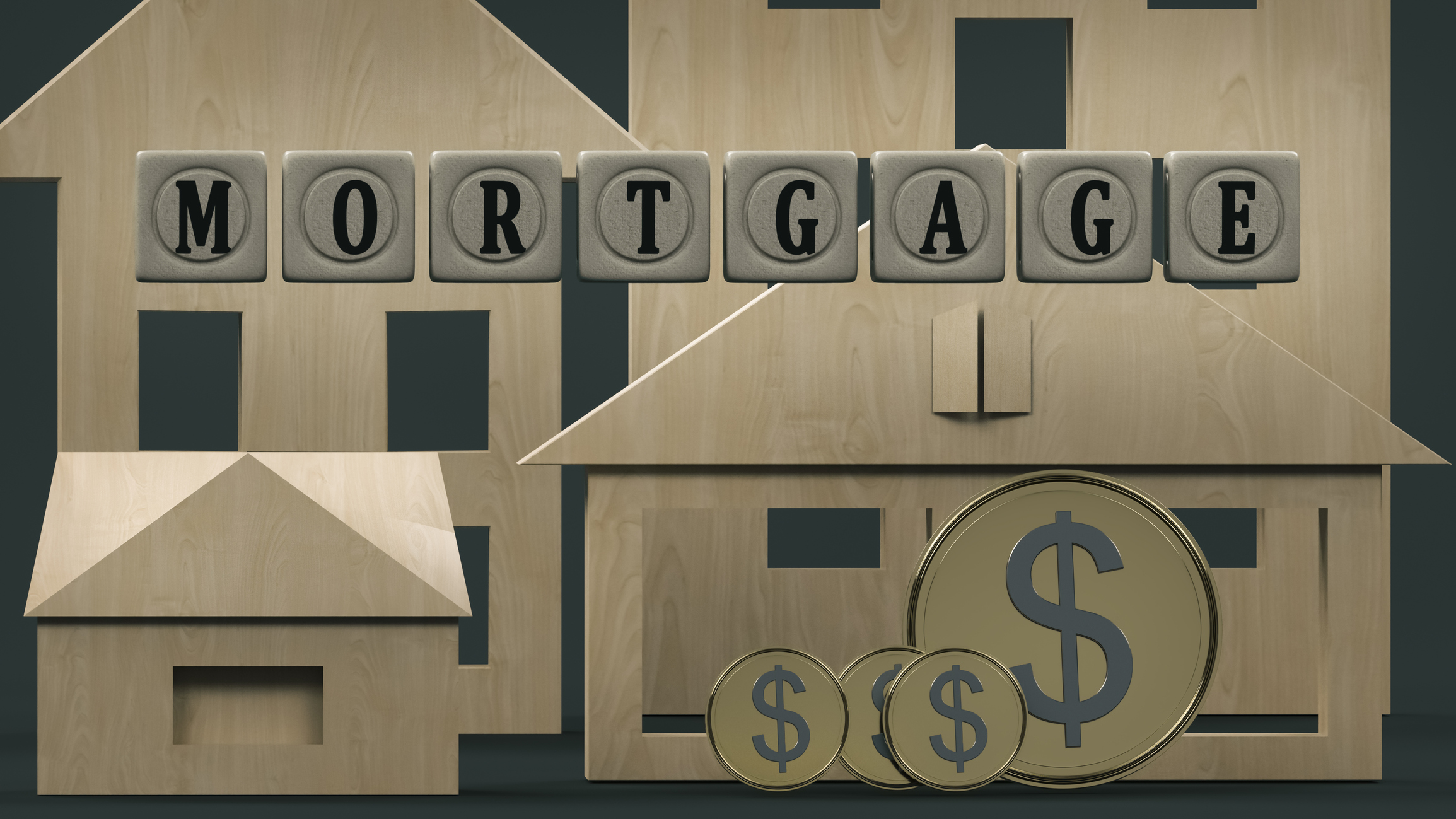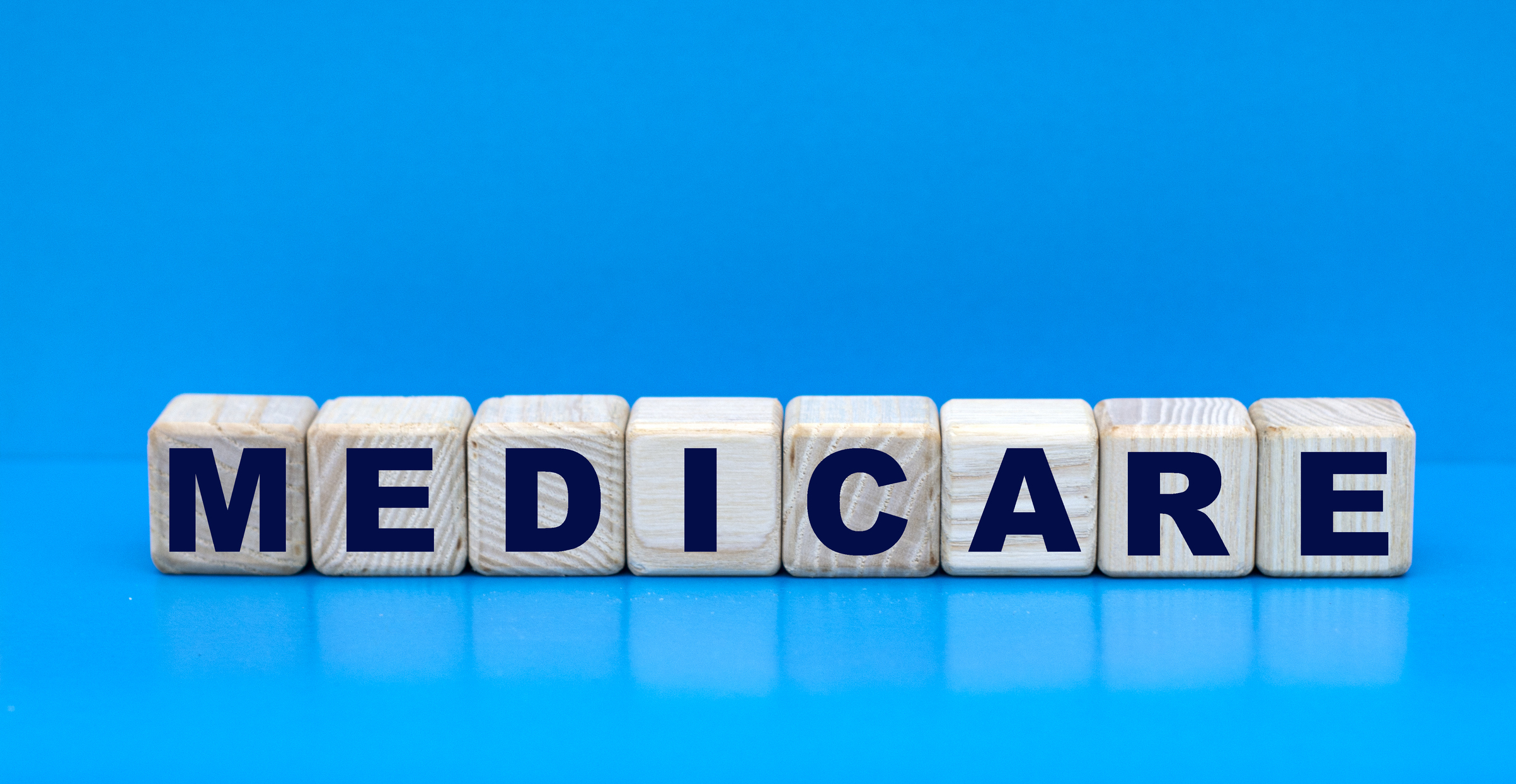What is Private Mortgage Insurance and How Does It Impact Buying a Home?
It's been hard to avoid private mortgage insurance in an era of rising home prices and higher mortgage rates.


If you’re unable to make a down payment of 20% or more on a conventional mortgage, there’s a good chance you’ll have to pay private mortgage insurance (PMI).
PMI, which is arranged through a third-party insurance company, is designed to protect the lender if you’re unable to make payments. PMI doesn’t protect you against loss — if you don’t make payments, you could still face foreclosure — and it won’t prevent your credit score from dropping if your mortgage payments are late.
The annual cost of PMI usually ranges from 0.22% to 2.25% of the total amount of your mortgage, depending on your credit score. If your FICO score is higher than 740, your PMI payment on a $300,000 mortgage will likely be about $660 a year, or $55 a month. The lower your credit score, the higher your PMI will be.
From just $107.88 $24.99 for Kiplinger Personal Finance
Be a smarter, better informed investor.

Sign up for Kiplinger’s Free Newsletters
Profit and prosper with the best of expert advice on investing, taxes, retirement, personal finance and more - straight to your e-mail.
Profit and prosper with the best of expert advice - straight to your e-mail.
If you have to pay PMI, there are several ways to do it. With borrower-paid PMI, your premium is added to your monthly mortgage payment. Alternatively, you can pay PMI in a lump sum at closing. It may be less expensive to pay the annual cost upfront, but the premiums aren’t refundable if you sell your home before you reach 20% equity.
How to avoid private mortgage insurance
Even if you can’t afford a 20% down payment, there are several ways to avoid PMI. One option is lender-paid PMI, in which your lender pays your premiums as a lump sum and in exchange you pay a higher interest rate than you would pay otherwise. Lender-paid PMI may be a good choice if it would cost you less overall than monthly PMI payments and you itemize on your tax return, which would allow you to deduct interest on your mortgage.
A “piggyback mortgage” is another way to bypass PMI. With this strategy, you take out a second mortgage — usually a home equity line of credit — and finance the home with 10% from a down payment, 80% from the primary mortgage and 10% from the second mortgage. You’re borrowing 90% of the value of the home, but the primary mortgage accounts for only 80% of the value, allowing you to skip PMI. However, you’ll likely pay a higher interest rate for the second mortgage, and the rate may be adjustable.
This strategy could make sense if you can pay off the second mortgage relatively quickly, in which case the cost could be lower than paying PMI. Before agreeing to a piggyback, ask your lender to provide a quote for the same loan structured as a single mortgage with PMI so you can compare costs.
Another option is to seek out government home loans that don’t charge PMI. Mortgages from the FHA (Federal Housing Administration), USDA (U.S. Department of Agriculture) and VA (Department of Veterans Affairs) allow borrowers to make down payments as low as 0% to 3.5% without paying PMI. However, you may be required to pay up-front fees, and the loans have stringent eligibility requirements.
If none of these strategies is available to you, or the benefits don’t outweigh the costs, your best bet is to make mortgage payments on time until you reduce your loan balance to 80% of the home’s value. Your loan servicer is required to terminate PMI when your principal balance is scheduled to reach 78% of the original value of your home. However, you can ask your servicer to cancel PMI before that date, when payments have reduced the principal to 80% of the original value.
Note: This item first appeared in Kiplinger Personal Finance Magazine, a monthly, trustworthy source of advice and guidance. Subscribe to help you make more money and keep more of the money you make here.
Related Content
Profit and prosper with the best of Kiplinger's advice on investing, taxes, retirement, personal finance and much more. Delivered daily. Enter your email in the box and click Sign Me Up.

Ella Vincent is a personal finance writer who has written about credit, retirement, and employment issues. She has previously written for Motley Fool and Yahoo Finance. She enjoys going to concerts in her native Chicago and watching basketball.
-
 Dow, S&P 500 Slip on December Rate Cut Worries, Nvidia Boosts Nasdaq: Stock Market Today
Dow, S&P 500 Slip on December Rate Cut Worries, Nvidia Boosts Nasdaq: Stock Market TodayNvidia became the first company ever to boast a $5 trillion market cap, but it wasn't enough to lift the Dow and the S&P 500.
-
 Where You Choose to Stash $100k Now Comes with a Big Opportunity Cost
Where You Choose to Stash $100k Now Comes with a Big Opportunity CostThe Fed recently cut rates. Here's where to maximize your savings while rates remain higher.
-
 Where You Choose to Stash $100k Now Comes with a Big Opportunity Cost
Where You Choose to Stash $100k Now Comes with a Big Opportunity CostThe Fed recently cut rates. Here's where to maximize your savings while rates remain higher.
-
 The Social Security Earnings Test: Know This Rule Before Working in Retirement
The Social Security Earnings Test: Know This Rule Before Working in RetirementWhen you work and collect Social Security benefits before your FRA, you are subject to the Retirement Earning Test that could result in a temporary reduction of your benefits.
-
 I'm a Government Employee and Need to Get By Until the Shutdown Ends. What Can I Do?
I'm a Government Employee and Need to Get By Until the Shutdown Ends. What Can I Do?The second-longest shutdown in history is leaving many federal workers with bills due and no paycheck to cover them. Here's what you can do to get by.
-
 Selling a Haunted House? What You Have to Tell Buyers (and What You Don’t)
Selling a Haunted House? What You Have to Tell Buyers (and What You Don’t)You don’t need ghosts to spook buyers, sometimes a home’s past is enough. Here’s what sellers should know about disclosure laws, pricing and perception when a property has a haunted history.
-
 CMS Brings Back Furloughed Staff for Medicare Open Enrollment Lifeline
CMS Brings Back Furloughed Staff for Medicare Open Enrollment LifelineThe government has recalled approximately 3,000 workers to assist with Medicare and ACA Marketplace Open Enrollment.
-
 This Is Why Judge Judy Says Details Are Important in Contracts: This Contract Had Holes
This Is Why Judge Judy Says Details Are Important in Contracts: This Contract Had HolesA couple's disastrous experience with reclaimed wood flooring led to safety hazards and a lesson in the critical importance of detailed contracts.
-
 How Prepaid Verizon Phone Service Works and When It's a Smart Choice
How Prepaid Verizon Phone Service Works and When It's a Smart ChoiceExplore the differences between Verizon Prepaid and Verizon Postpaid plans — costs, perks, flexibility and when going prepaid makes sense.
-
 Child-Free Cruises Perfect For Your Retirement Celebration
Child-Free Cruises Perfect For Your Retirement CelebrationHow to find a bespoke ocean or river vacation for adults. Many of these options are smaller, charming river cruises, expeditions, or niche experiences.